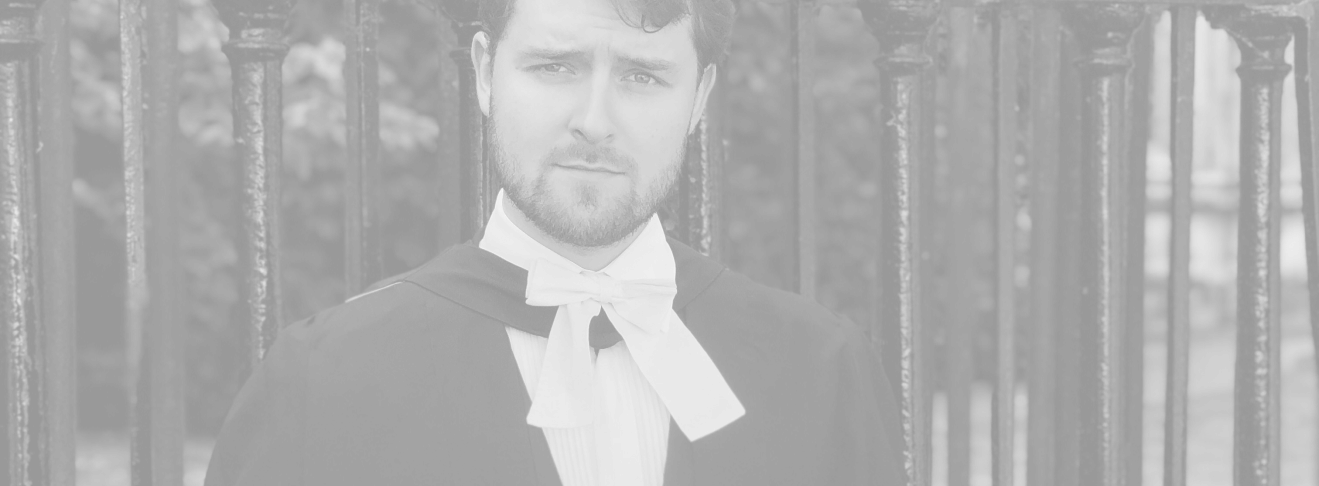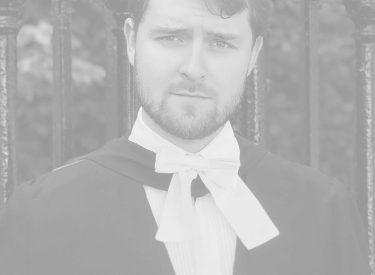Research
A list of my publications can be found here. For those who prefer to search for me with an ORCiD, mine is
0000-0002-0041-4356.
In the middle of April, 2021 I posted the first two major works of my thesis outlining a new theory for the expansion of stellar wind bubbles from clusters of massive stars in dense, turbulent molecular clouds (the sorts of places where these massive stars form). They are now published in the Astrophysical Journal. You can find an abridged explanation of these papers in a Twitter thread I wrote when I posted them.
In March of 2019 I was observing at Las Campanas Observatory in Chile. I was there part of a research plan looking for exceptionally strange objects. When you go looking for strange things, you end up finding some, not necessarily the type you were looking for.


I went to undergrad at Carnegie Mellon University, intending to double major in physics and philosophy, I eventually got
too hooked on math and switched to physics and mathematics, specializing in astrophysics.
Inspired by my undergrad research in Galactic Dynamics with
Dr. Matthew Walker
and my summer research experience for
undergraduates (REU) in Cosmology with
Dr. Lloyd Knox, I applied to graduate school in astrophysics. Before I started
the PhD program in the Princeton Astrophysics Department, I completed
Part III of the Mathematical Tripos at the
Institute of Astronomy (IoA) at Cambridge University in England. While in Cambridge I did research with
Dr. Vasily Belokurov
and Dr. Wyn Evans on the structure of the Milky Way’s Stellar Halo.
Since starting my PhD at Princeton in 2017 I have worked on a large variety of topics in Astrophysics. My work under
Dr. David Spergel has caused me to travel often to the
Center for Computational Astrophysics (CCA)
where I have also collaborated with many other researchers. I have also worked closely with
Dr. Jenny Greene on observational projects
related to Intermediate Mass Black Holes.
In 2019 I started my thesis work with Dr. Eve Ostriker,
though I also work closely with
Dr. Chang-Goo Kim and
Dr. Jeong-Gyu Kim.
The main guiding goal of my thesis, and my planned future work, is to try to understand the magneto-hydrodynamic (MHD),
stellar dynamic, and feedback processes involved in star formation in dense environments. I am particularly interested
in the outstanding problem of
Multiple Populations in Globular Star Clusters,
and how feedback from forming stars can
act to chemically enrich gas that subsequently forms more stars, creating chemically distinct but co-natal populations.
In order to tackle this larger goal, I have found that we must first form a much better understanding of how winds from
massive stars interact with the dense environments in which these stars form. The improved understanding of stellar wind
feedback given by my thesis work has also allowed us to have a much better understanding of star-formation works in
normal star forming environments (in our own Milky Way) as well as in forming Super Star Clusters (the closest we can
get to an observable version of a forming Globular Cluster).